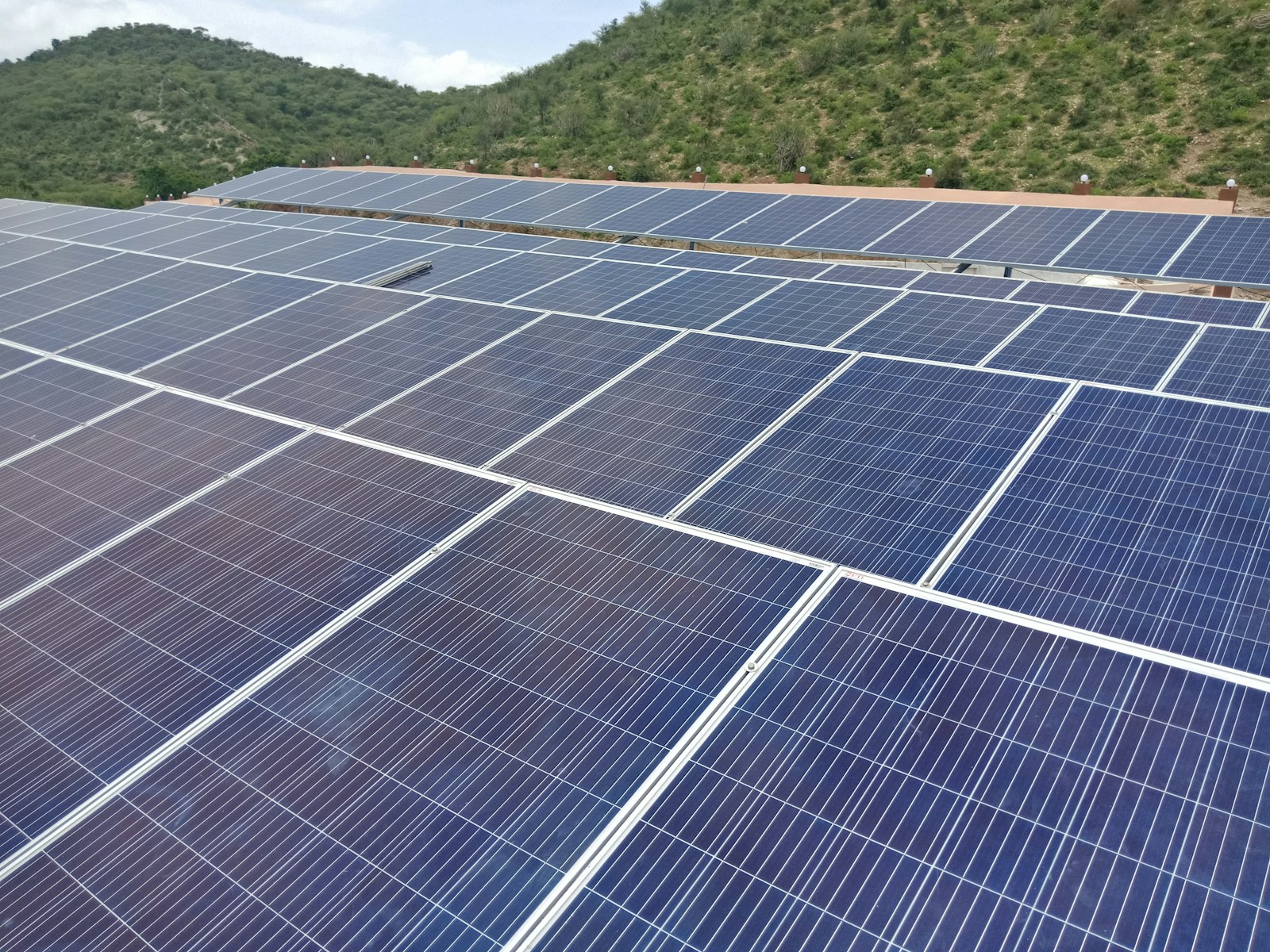Africa Solar Imports: Record-Breaking Trends Reshaping 2025
In the 12 months leading up to June 2025, Africa Solar Imports reached unprecedented levels, primarily driven by Chinese photovoltaic (PV) panels. Total imports soared to around 15 gigawatts (GW), representing a 60% year-on-year increase. Excluding South Africa, other African markets accounted for roughly 11.2 GW, nearly triple the volume seen just two years ago. Beyond logistics numbers, these panels are the backbone of an expanding array of utility-scale solar farms, mini-grids, and distributed rooftop systems across countries like Egypt, Senegal, Mali, and Somalia.
1. Rapid Geographic Expansion of Solar Demand
Africa Solar Imports indicate that solar adoption is spreading beyond traditional strongholds. Countries that previously imported minimal PV panels are now experiencing robust growth, reflecting both small-to-medium projects and the maturation of supply chains for larger utility-scale deployments. This broad geographic spread underscores the continent’s move from pilot initiatives to scalable solar solutions. For more insights on African solar market expansion, see this internal guide.
2. North Africa to the Sahel: Hotspots of Growth
The uptake of Africa Solar Imports is particularly strong in North Africa and the Sahel regions. Egypt and Morocco anchor large utility projects, while Senegal, Mali, and Somalia demonstrate impressive year-on-year import growth despite logistical and political challenges. At least 20 African countries set new import records in 2025, and the number of nations importing at least 100 MW increased from 15 to 25. This indicates a shift from demonstration projects toward broader market adoption. For detailed global analysis, consult this IEA report.
3. Chinese Exports Powering Africa’s Solar Surge
China dominates global PV manufacturing, offering competitive prices and massive production capacity. The 2025 import wave highlights falling module costs and China’s strategic market diversification as demand cools in Western economies. Affordable panels allow African developers to accelerate project deployment rapidly. Understanding Chinese export dynamics is critical for investors and policymakers planning large-scale solar initiatives across the continent.
4. Utility-Scale and Mini-Grid Projects Drive Demand
The surge in Africa Solar Imports is powering a diverse mix of projects. In North Africa, utility-scale solar farms backed by governments and private investors continue to expand grid-connected capacity. In sub-Saharan Africa, the growth is more varied: mini-grids, small commercial off-grid systems, rooftop solar for businesses, and solar home kits for households now constitute a significant share of imports. Distributed solutions are crucial in regions with limited or unreliable grid coverage, providing immediate, bankable improvements in energy access and productivity.
5. Immediate Impacts on Energy Access and Economics
Increased Africa Solar Imports directly enhance electricity access where conventional grids lag. Off-grid and distributed solar systems reduce electricity costs for households and small businesses, often replacing expensive diesel generation and enabling productive activities previously limited by blackouts. While imported panels accelerate capacity additions, they do not fully address transmission, integration, or long-term grid planning challenges. Utilities must complement imports with systemic infrastructure development for sustainable impact.
6. Finance and Policy: The Real Bottlenecks
Cheap PV panels remove one barrier, but financing remains the primary constraint. Utility-scale projects require long-term financing and bankable off-take contracts, while distributed systems depend on working capital and customer financing models such as pay-as-you-go, leasing, or micro-loans. Despite record imports, Africa is still far from meeting the African Union’s renewable ambitions, which target hundreds of gigawatts by 2030. For guidance on financing distributed solar, see this internal guide.
7. Geopolitical Implications of Solar Imports
The rise of Africa Solar Imports carries geopolitical dimensions. As Western countries reconsider their PV supply chains, Chinese manufacturers have strengthened their focus on Africa. Governments face a choice between low-cost imports for rapid deployment and developing domestic solar manufacturing. Countries exploring local assembly or production still face challenges in securing consistent inputs, scaling operations, and training skilled labor.
8. Environmental and Social Trade-offs
While Africa Solar Imports help reduce reliance on fossil fuels and cut local pollution from diesel generators, they raise lifecycle and social questions. Proper installation, maintenance, and end-of-life disposal of panels are crucial. Ensuring supply-chain transparency and quality control requires stronger regulations, local training programs, and nascent recycling policies. Addressing these aspects will become increasingly important as deployments scale across the continent.
9. Distributed Solar as a Game-Changer
Distributed PV systems are a rapidly growing segment fueled by Africa Solar Imports. Rooftop solar for businesses, solar home kits, and mini-grids deliver immediate benefits where traditional grids are weak. These solutions increase productivity, reduce energy costs, and provide resilience against outages. For further insights on distributed solar adoption, see this external resource.
10. From Imports to a Sustainable African Solar Industry
The ultimate question for Africa Solar Imports is whether they will catalyze a local solar industry. While imports boost immediate capacity, the next phase involves job creation, local assembly, and building a broader industrial ecosystem. Policy choices, financing access, and international partnerships will determine whether Africa can capture more value domestically. Countries investing in skills, infrastructure, and anchor projects are best positioned to transform imports into sustainable industry growth.
Conclusion: Harnessing the Solar Boom for Long-Term Impact
The record surge in Africa Solar Imports in 2025 marks a turning point for the continent’s energy landscape. From utility-scale projects to distributed rooftop systems, solar is reshaping energy access, economic opportunities, and environmental outcomes. By strategically linking imports with policy, finance, and local industrial development, African countries can turn this import boom into a foundation for long-term sustainable growth, energy security, and climate resilience.



